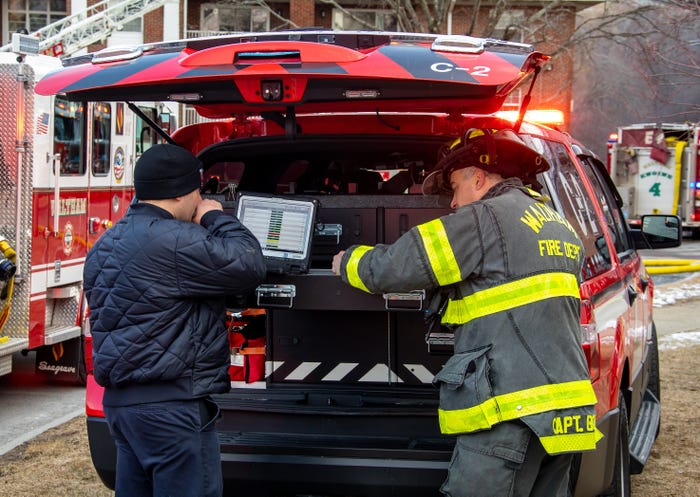PSCR testing extended-cell LTE for rural usePSCR testing extended-cell LTE for rural use
Initial downlink tests indicate data throughputs up to 16 MB/s at the cell edge--which in this case is 48 miles from the tower site.
December 18, 2013
Conventional wisdom has been that public-safety LTE makes economic sense in metropolitan, urban and even some suburban areas, where capacity demands support the establishment of many cell sites located relatively close together, with coverage typically extending less than 3 miles from the site.
The corollary to that is that there is no way to justify the costs associated with installing so many sites in rural areas, which is one of the strongest arguments for LMR remaining the public-safety communications technology of choice in locations with sparse populations, according to conventional wisdom.
But conventional wisdom is being challenged at the Public Safety Communications Research (PSCR) laboratories in Boulder, Colo., where researchers are testing coverage and performance of extended-cell—or “boomer-cell”—technology, according to Emil Olbrich, PSCR’s head of research and development.
“A normal cell site might have a cell radius of 2-3 miles,” Olbrich said during an interview with IWCE’s Urgent Communications. “We’re looking at extending that beyond 30 miles, up to 100 kilometers—a 62-mile range.”
Initial tests—which involved transmitting a signal from a 1,000-foot tower owned by the National Oceanic and Atmospheric Administration (NOAA) to standard Category-3 LTE vehicular modems with external antennas, using 200 milliwatts of transmit power (the same power as a commercial cell phone)—have been encouraging. They revealed that the extended-cell technology delivers data throughputs of 10-16 MB/s at the cell edge—48 miles from the tower, according to Olbrich.
Later this month, PSCR plans to complete uplink testing and some in-vehicle testing of standard LTE dongles, Olbrich said.



